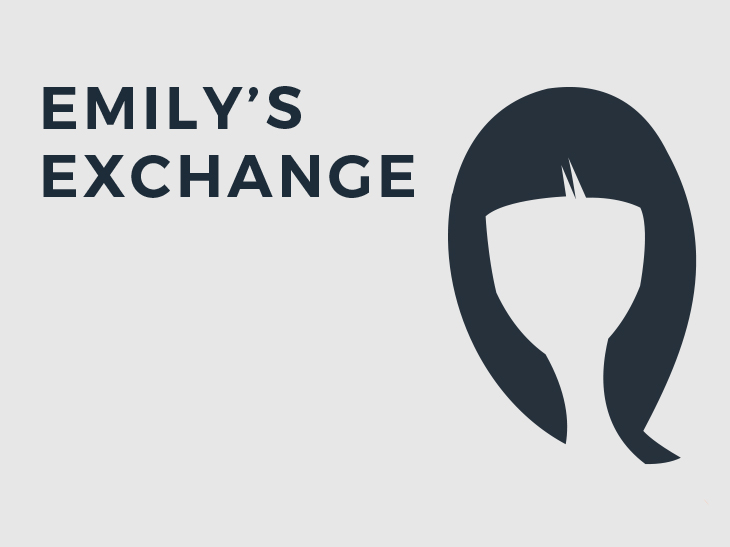After explaining the importance of International Women’s Day to my 11- and seven-year-old on Wednesday morning, I sat down to watch Chancellor Philip Hammond deliver his first and last Spring Budget to the House of Commons.
Going into the “spreadsheet bit”, as Hammond called it, the OBR now reckons GDP is going to grow by 2% this year, which is up from the 1.4% pencilled in at the Autumn Statement. We’re also now expecting economic growth to slow in 2018, before it recovers back to 2% in 2021.
Overall, that’s good news, but what really interests me is the record 31.9 million people that are now in work in the UK and the unemployment levels that are at an 11-year low. With more women in work than ever before, my daughter should have an easier start to the working world, when that time comes.
Wage growth
We’re also expected to make more money, with wage growth upgraded to 2.6% for 2017. The OBR had taken a small red pen to its annual earnings outlook for 2018-21, but increasing annual momentum still puts this between 2.7-3.6% – which will hopefully be ahead of inflation. An increase in the personal income tax allowance to £11,500 from April could also mean more money at the end of the month.
No one likes lower growth targets, but it’s easy to see these are impressive forecasts for an economy that’s looking to divorce its European partners. We were promised chaos by Brexit doomsayers, but the economy, so far, has turned a blind eye.
Market volatility is currently extremely low, whether it’s because we’re in a temporary sweet spot with improving economies or due to central bank intervention.
These levels of volatility could increase over the next few weeks and months, but that’s why you should invest regularly. Drip-feeding cash into your portfolio over the long-term should smooth out any bumps in the road to Brexit.
Tighter budgets
It’s not always easy to do so. With our budget a little tighter, my husband and I were questioning the merits of regular investments last year when I found some interesting research from Morningstar.
Those who started investing regularly in the FTSE All Share in 1986 would have seen their original investment grow from £82,000 to a much tastier £233,800 if they had invested £1,000 annually throughout that decade, and then increased their investment by £1,000 in each decade until the beginning of 2016.
This was at least £45,000 higher than those who’d invested sporadically over the same period – whether timing was on their side or not. The numbers speak for themselves and we’ve prioritised our drip-feed strategy ever since.
There was also an adults-only meeting in the Emily’s Exchange kitchen this week, as we started the exciting job of planning how to use our ISA allowance next year, when the tax-free wrapper increases to £20,000. Thankfully there will be no last-minute panicking over this year’s, as we’ve already topped up our ISA as much as we can this year. It’s not exciting, but it must be done!





